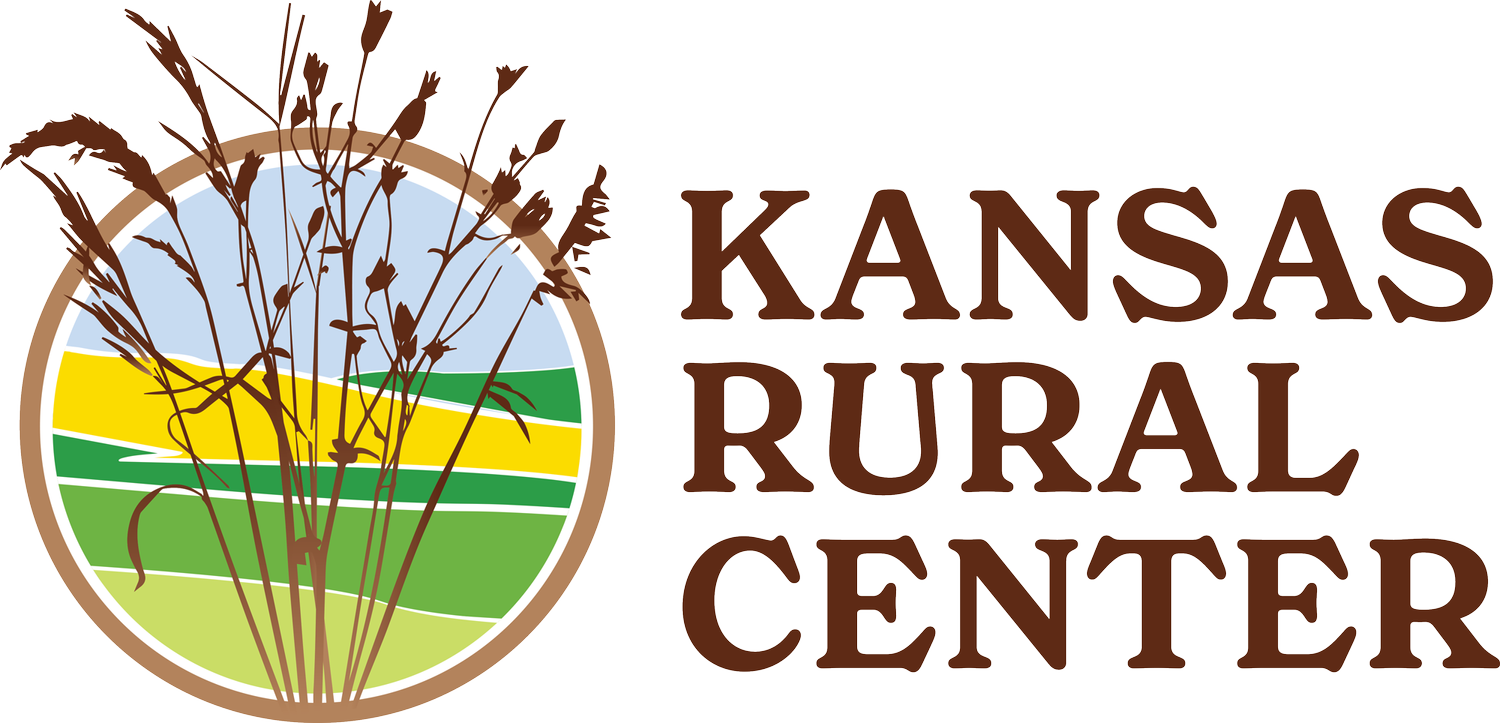KRC is exploring a South-Central KS food hub
The Kansas Rural Center (KRC) is looking for farmers and other food system partners interested in exploring the development of a new cooperative food hub as a marketing channel for producers in south-central Kansas. If developed, this food hub would help producers reach wholesale markets and distribute products while allowing them more time on the farm. The Kansas Rural Center is pursuing grant funding which will begin the process of organizing an independent food hub business serving to aggregate and distribute farm products around south-central KS. Additionally, one of our goals based upon initial discussions would be to include an incubator kitchen that would be available to partners in the region to do value added processing on their farm products. Our ideal timeline would be to receive grant funding in fall of 2022 and begin planning in the winter of 2022-2023 and begin operations over the following two years. If you are interested in more information and discussion, please join us on Tuesday, April 19 at 8pm on Zoom. Register at https://www.kansasruralcenter.org/foodhub.
Frequently Asked Questions:
What is a food hub?
The USDA refers to a regional food hub as " a business or organization that actively manages the aggregation, distribution, and marketing of source-identified food products primarily from local and regional producers to strengthen their ability to satisfy wholesale, retail, and institutional demand." [https://www.nal.usda.gov/legacy/afsic/cooperatives-and-food-hubs]. A food hub would bring products together from a number of farmers, manage ordering and delivery. This can make it easier for farmers (one delivery rather than many smaller orders) and the purchasers (one order, delivery and one invoice rather than many to manage). There are many Kansas businesses that operate as a food hub in a variety of capacities, but what we are envisioning is something similar to the High Plains Food Coop in NW KS (https://www.highplainsfood.org/)and the Kansas City Food Hub in the KC metro area (https://thekcfoodhub.com/).
How could a food hub benefit my farm?
Participating in a food hub can allow farmers to access new markets. A food hub would have staff support to help market a farm’s products and arrange the transportation logistics to get the products to those markets. Farmers would make a delivery to a hub location, and then the food hub could deliver those products to multiple customers, alongside other farmers products. This can allow the farmer more time to spend on the farm, instead of driving to multiple different delivery points. A food hub can also focus on wholesale customers and institutional buyers. Sometimes the production of an individual farm might not be enough for these customers but combined with other farmers products, a food hub can meet the demand. This opens the door for new customers for your farm’s products. Won’t this compete with existing market opportunities?
Our goal is to establish an organization that would be cooperatively led by farmers. Farmers get to decide where to market their products and set prices. Ideally the food hub is a tool to help farmers access new markets, usually wholesale markets, institutional buyers like schools and hospitals, and other opportunities that might not be manageable for them as an individual producer. The farmers involved can make decisions about what opportunities to pursue and how to avoid competing with their existing markets.
Where would this serve farmers?
Due to interest and connections in the area, KRC is starting discussions around Sedgwick, Harvey, Reno and Butler counties KS but this process is about having those discussions and seeing where there is enough interest to build a food hub. It could be located anywhere that has easy access to farmers and buyers. Food Hubs usually aggregate and distribute over a large distance, so to help envision that here is a sample map with circles at 50 (green) and 100 (red) miles centered on Newton. Eventually the service area could be larger or smaller depending on the needs of the participating farmers, and what market opportunities are available. There are not any hard and fast rules, and how this service area looks once the hub is operational depends a lot logistics. One small farm near the outer edge of the radius on dirt roads might not work out very well for anyone, but a cluster of farms or buyers just beyond the circle, but well connected via highways might be worth the distance covered.


